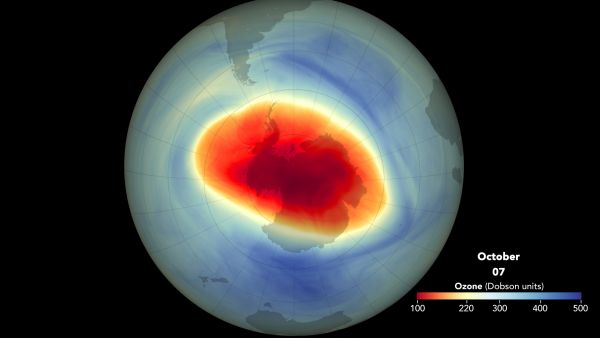When you purchase through links on our site , we may take in an affiliate committee . Here ’s how it works .
The crash of a gargantuan ice shelf in Antarctica has revealed a thriving ecosystem half a Admiralty mile below the sea .
Despite near freezing and cloud-covered precondition , a community of clams and a slight layer of bacterial mats are fly high in undersea sediments .

The image shows a mud mound with a central vent that shows up as sort of a bluish tint, and it is surrounded by large bivalves (clams). The central vent has a series of mud flow channels that spill away from the vent center. These were the locations and paths for mud flows that resulted when the mud volcano was more actively venting. The large clams number around 40 or so individuals and their association with the vent indicate a feeding or foraging strategy tied to what ever is coming out of the vent. The scale is shown for this image by the laser points which are 20 cm apart.
" pick up these organisms on the sea bottom – it ’s like lifting the carpet off the floor and finding a bed that you never make out was there , " say Eugene Domack of Hamilton College .
Domack is the star author on the story of the determination in the July 19 issue ofEos , the weekly paper of the American Geophysical Union .
The find was inadvertent . U.S. Antarctic Program scientists were in the northwesterly Weddell Sea investigating the sediment disk in a abstruse glacial public treasury twice the size of Texas . The trough was reveal in the 2002Larsen B ice shelf collapse .

Toward the end of the expedition the work party recorded a video of the ocean floor . Later analysis of the video showed the clams and bacterium grow around mud volcanoes .
Since light could not penetrate the ice or water , these organisms do not usephotosynthesisto make vigour . Instead , theseextreme creaturesget their Department of Energy from methane , Domack say today .
The methane is make inside the Earth and is distributed to the sea base by underwater vents .

This type of ecosystem is be intimate as a " cold - seep " or a " cold - release . " The first of its kind was discovered in 1984 near Monterey , California . Since then , similar ecosystem have been find out in the Gulf of Mexico and in the Sea of Japan .
This late discovery is the first cold - seep to be key in the Antarctic . The almost pristine weather condition – which have been undisturbed for intimately 10,000 years – will serve as a baseline for research worker probing other parts of the ocean . They well hurry though – debris from the iceberg calving has already start to bury some of the area .
Domack hopes to find new specie and that this find will unfold the doorway to succeeding Antarctic expedition , specifically into Lake Vostok , a fresh water lake that sit two international nautical mile below the surface .

Any cognition gain from studies into Antarctic sprightliness could help oneself researchers seek for life in other ulterior piddle locations on Earth . And , expert say , this inquiry could better prepare scientists to examine the hypothesized sea on Jupiter ’s moon Europa or on Saturn ’s moonTitan .















